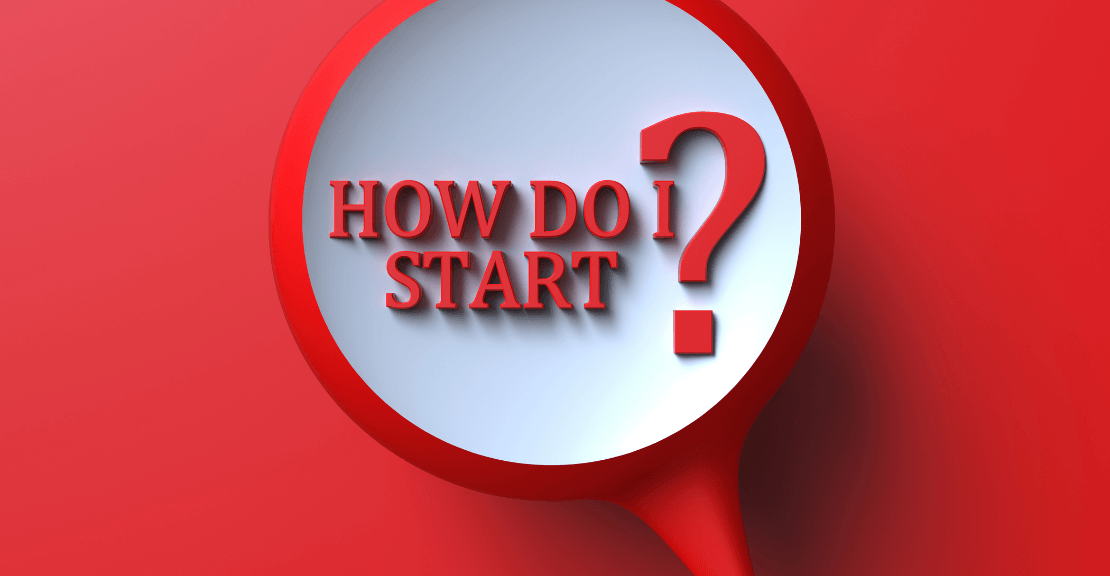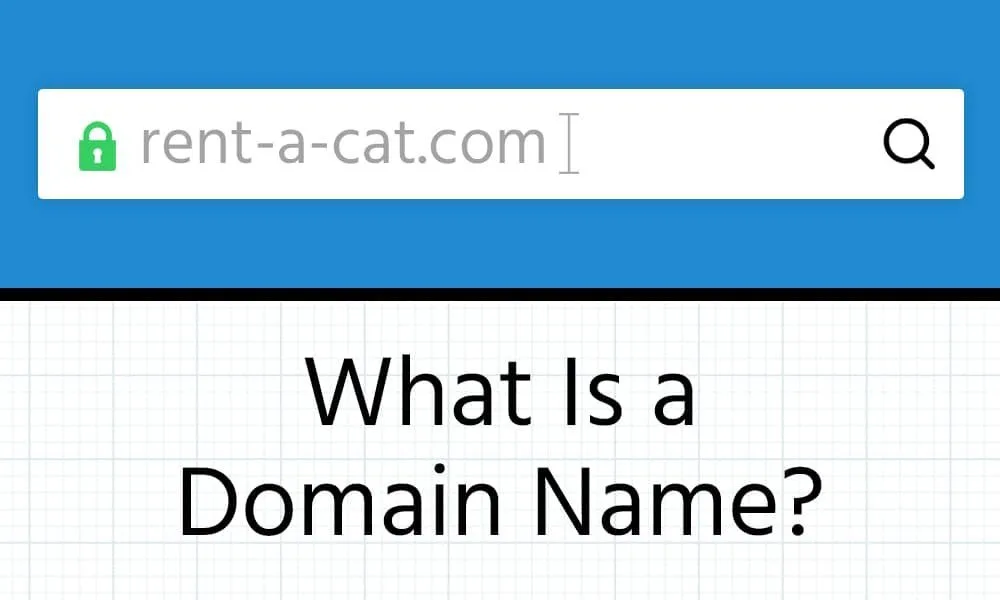
In the fast-paced world of digital marketing, mastering on-page SEO is crucial for improving website rankings and driving organic traffic. On-page SEO focuses on optimizing individual web pages to rank higher on search engines and provide value to users. This guide will walk you through the essential techniques to implement effective on-page SEO strategies.
1. Understanding On-Page SEO
Before diving into the techniques, it’s important to understand what on-page SEO is and why it matters.
What is On-Page SEO?
On-page SEO refers to the process of optimizing elements within a webpage to make it search engine and user-friendly. Unlike off-page SEO, which deals with external factors like backlinks, on-page SEO emphasizes content and HTML source code improvements.
Why Is On-Page SEO Important?
Without proper on-page optimization, your content might fail to reach its intended audience. Effective on-page SEO helps search engines understand your content better, which increases your chances of ranking higher in search results.
2. Key Elements of On-Page SEO
2.1 Title Tags
Your title tag is one of the first things users and search engines notice. Craft clear, descriptive, and keyword-optimized titles for your web pages. Titles should be under 60 characters to ensure they display correctly on search engine results pages (SERPs).
2.2 Meta Descriptions
Meta descriptions are short summaries of your webpage content. Write compelling descriptions that include your primary keyword and keep the length within 155–160 characters.
2.3 Header Tags (H1, H2, H3, etc.)
Use header tags to structure your content logically. For instance, the H1 tag should contain your focus keyphrase, while H2 and H3 tags should organize subsections of your content.
2.4 Content Quality
Quality content is at the heart of any successful on-page SEO strategy. Ensure your content is unique, engaging, and relevant to your target audience. Additionally, include keywords naturally without overstuffing.
2.5 Internal and External Linking
- Internal links improve navigation and guide users to other relevant pages on your site.
- External links to authoritative sources lend credibility to your content and build trust with your audience.
2.6 Image Optimization
Images enhance user experience, but they also need optimization. Use descriptive file names and add alt text containing your focus keyword. Moreover, compress images to improve page load times.
3. Advanced On-Page SEO Techniques
3.1 Mobile Optimization
Did you know that over 60% of internet traffic comes from mobile devices? Ensure your website is mobile-friendly by using a responsive design that adapts to different screen sizes.
3.2 Page Speed Optimization
No one likes waiting for slow-loading websites. Optimize your website’s speed using tools like Google PageSpeed Insights. For example, reduce server response time, enable browser caching, and compress files.
3.3 Schema Markup
Adding schema markup to your site can enhance your search results by making them more informative. For instance, rich snippets like star ratings or event details can improve your click-through rates.
3.4 Improving User Engagement
Metrics like bounce rate and time-on-site influence SEO rankings. To keep users engaged, craft compelling content, make navigation easy, and add clear call-to-action buttons.
4. Common On-Page SEO Mistakes to Avoid
4.1 Keyword Stuffing
While keywords are essential, overusing them can lead to penalties. Aim for natural keyword placement.
4.2 Ignoring Mobile Users
Mobile traffic dominates the internet. Failing to optimize for mobile devices can significantly hurt your rankings.
4.3 Neglecting Meta Tags
Meta tags are small but mighty. Always optimize title tags and meta descriptions for your target keywords.
5. Conclusion
On-page SEO is a fundamental pillar of successful website optimization. By focusing on title tags, content quality, and user engagement, you can significantly improve your search engine rankings. Remember, SEO is a continuous process, so keep analyzing and refining your strategies for long-term success.















